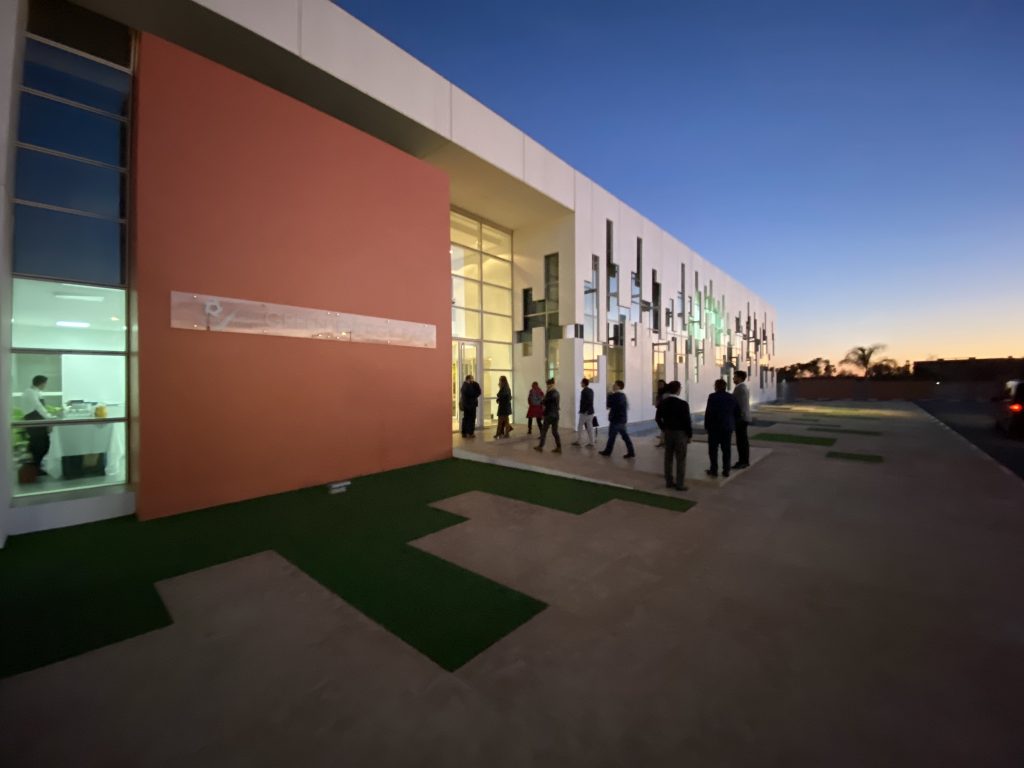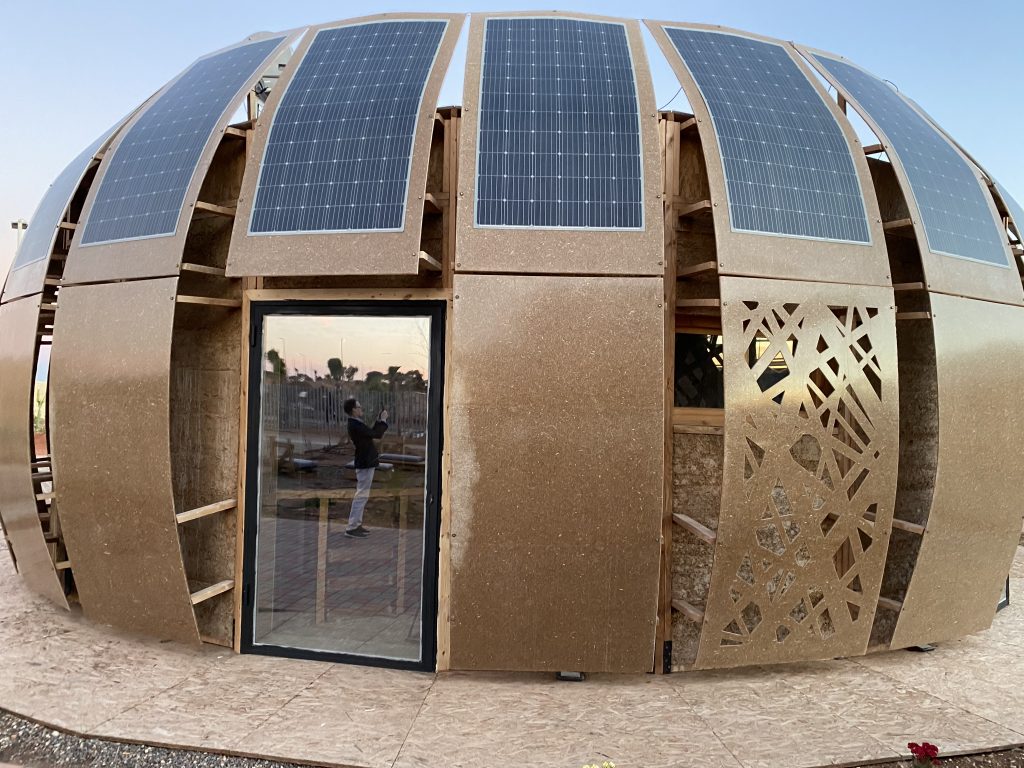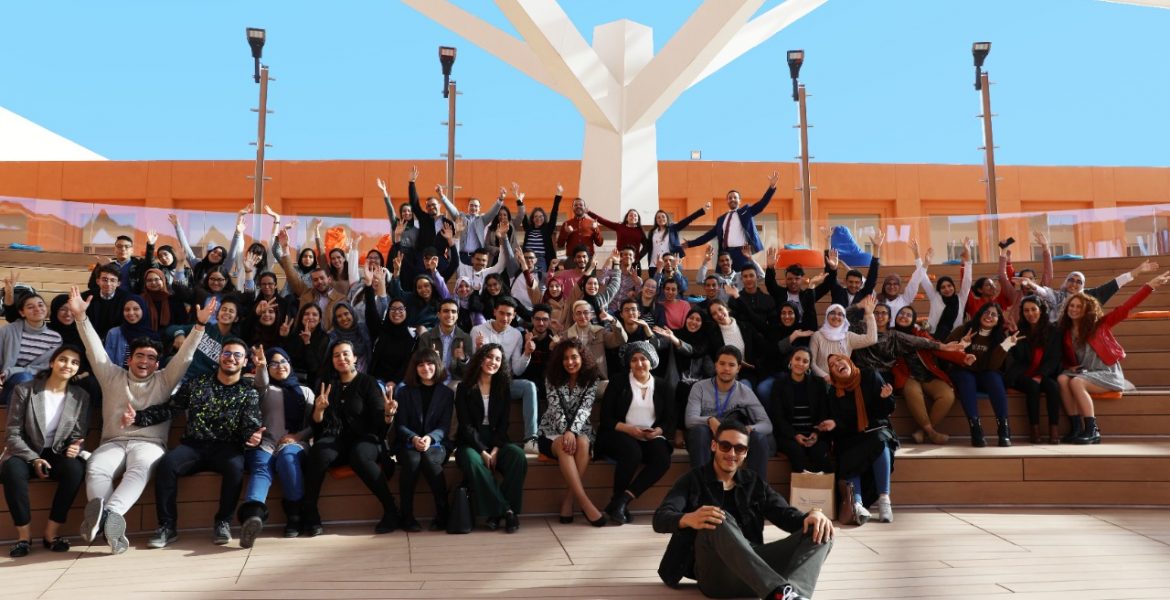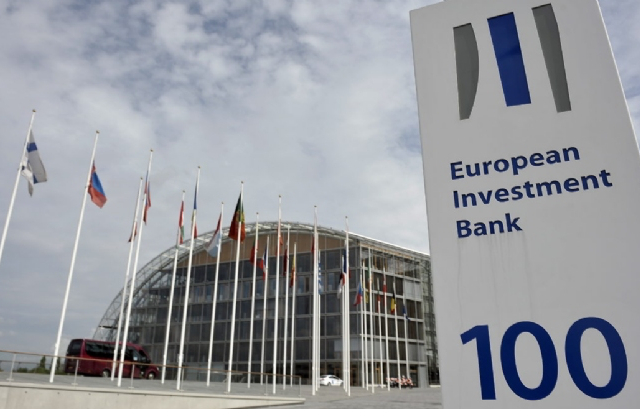Located in Ben Guerir in Morocco’s central Rehamna Province, the Mohammed VI Polytechnic University’s modern campus houses some 1400 students, of whom 200 are studying for a Master’s Degree. About 120 undergraduates and postgraduates come from neighbouring African countries, with a particular interest in agricultural studies. Although it is only 3 years old, the University already has a diverse international network of partners that includes Columbia University in New York, HEC in Paris, the MIT In Boston, the Fraunhofer Institute in Germany, and other leading academic and research institutions.
The philosophy of the University is to stress the importance of learning through experimentation and practice (learning by doing). An important business sponsor is Morocco’s OCP Group, a major player in the global phosphate fertiliser market, that has a strong corporate reputation for its commitment to promote sustainable development and the circular economy.
Morocco’s newest University is showing the way for Africa’s creative talent to develop innovative solutions to tackle climate change on the continent. The vision of the young dynamic Mohamed VI Polytechnic University of Morocco is to deliver the next generation of entrepreneurs in engineering, architecture, agriculture and science.

The University is also home to the Green Energy Centre and the Moroccan Research Institute in Solar Energy and New Energies (IRESEN) which last year registered 5 patents and seeks to register a further 8 this year.
“We are seeking to valorise our research,” says the Executive Director Badr Ikken. “One example is an inventor who is using Argan nut shells to provide the anodes for batteries. We are very proud of the heritage of our inventors, and remember fondly the Moroccan engineer Rashid Yazami who won the Draper Prize in 2014 for his pioneering work on today’s lithium ion battery.”

The Green Energy Centre of the University last year organised together with the Ministry of Energy, Mines, Water, and the Environment the Solar Decathlon Africa. The Decathlon is a global competition with over 1,200 participants from universities in over 20 countries who competed to design and build green “eco-homes”. The competition included teams from different African countries such as Burkina Faso, Cameroon, Senegal, and Tanzania. North African countries included Algeria, Egypt, and Morocco. Turkey, Germany, France, and South Africa also sent competing teams. The fruits other labour are on display at the university campus.
The students had a year to design the projects, but only 3 weeks to build the houses. Each team was allowed a total budget of €50 000, but were permitted to raise additional funds if needed. The competition was designed to “integrate unique local and regional characteristics while following the philosophy, principles, and model of the original U.S. Department of Energy Solar Decathlon.”

The contest aimed to conceptualise low-energy sustainable buildings that seek to have a zero carbon footprint and have an increased reliance on renewable energies. One of the most interesting entries was the hut-shaped Sunimplant house constructed largely of hemp, designed by the German architect, Monika Bruemmer. The house is constructed of tamped hemp concrete walls. It is likely that the more successful designs will actually be rolled out for young creative African entrepreneurs emerging from Morocco’s educational system.




